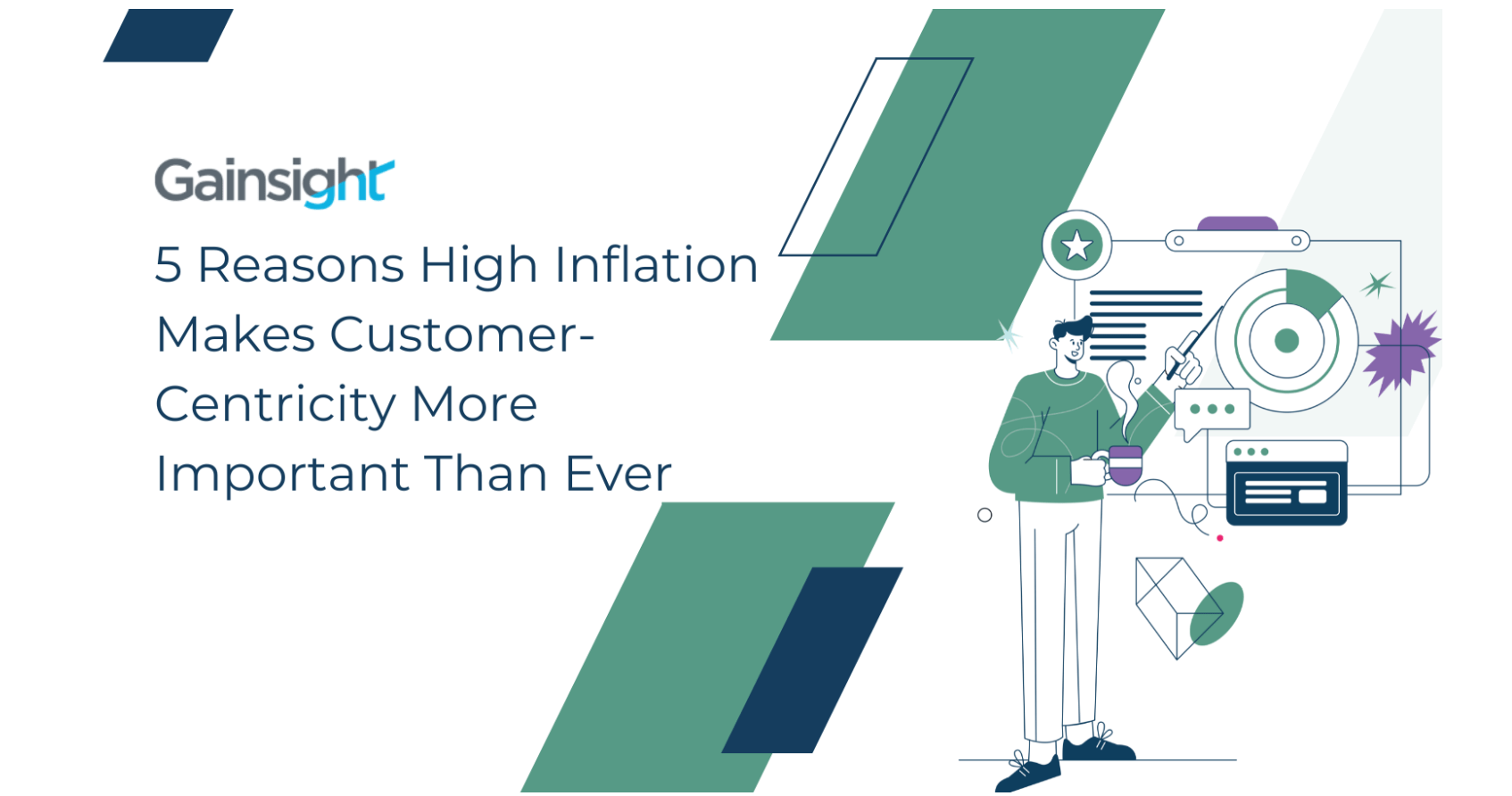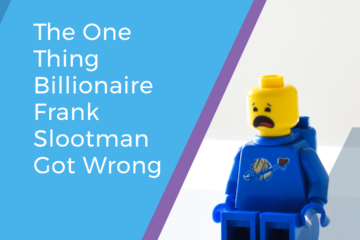5 Reasons High Inflation Makes Customer-Centricity More Important Than Ever

This post originally appeared in Chief Executive.
In case you missed the news—or haven’t visited a grocery store in a long time—prices are going up.
Whether you’re looking for a house, a handbag, a used Honda or a ham sandwich, everything is much more expensive. According to this week’s reporting from the Bureau of Labor Statistics’ Consumer Price Index (CPI), prices rose 8.5% in March compared to the same month last year, marking the fastest rise since December 1981. While inflation no doubt creates real challenges for consumers, price increases aren’t always good for businesses, either.
From a business perspective, inflation is one of the most powerful forces around—for good and bad. Expectations of inflation can cause purchases to be pulled forward (e.g., “hey, it will cost more tomorrow”). At the same time, it can cause companies to scrutinize vendors in an effort to make sure their costs don’t rise faster than their revenues.
It’s a well-established fact that customer-centric businesses are built to weather the storm. But with every change in the economic cycle—from boom to bust to stagflation—customer-centricity takes on a new meaning. In “go-go” times, it’s mostly about growing revenue with clients. In downturns, it is about holding onto them.
Here’s why customer-centricity matters even more during times of high inflation.
1. Inflation Will Force Your Customers To Cut Costs
In theory, with inflation, a company’s costs rise but in reality, they are passed on to customers. But not every business has this luxury. Some companies have clients in long-term, fixed-price contracts. Others have less pricing power than they’d like with their customers. Lastly, for many companies, some input costs (e.g., labor) may be rising significantly faster than they can raise prices.
As such, 100% of CFOs will be scrutinizing discretionary spend in 2022 and asking:
• Do we really need this vendor?
• Is there a cheaper alternative?
• Can’t we do with fewer licenses?
• Can we downgrade our version?
If you haven’t driven strong outcomes and a great experience, chances are you’re in for an unpleasant conversation.
2. Your Ability To Raise Prices Will Depend on Outcomes and Stickiness
Even in current conditions, most businesses are considering price increases. Some companies have them built into their contracts. Others are looking at them at the time of contract renewal.
Either way, a vendor’s ability to raise prices is largely tied to the outcomes delivered and product stickiness. If a client perceives a vendor as delivering strong outcomes with a good experience, it’s easier for them to stomach a rate hike. Similarly, if a vendor has done the work to get “sticky” in terms of being tied into business processes, customers more easily accept price changes.
But if you are charged with passing on a 10% price increase with poor adoption and satisfaction of your solution—good luck!
3. Inflation Will Put More Pressure on Profitability and Customer-led Growth
When you build a discounted cash flow valuation model for a company, one of the core inputs is the “Weighted Average Cost of Capital.” Without going into a lot of financial mumbo-jumbo, that number is intimately tied to interest rates and inflation. The higher the inflation, the more your WACC goes up. With a low WACC, profits can be pushed out far in the future because a dollar a few years from now is worth almost as much as a dollar today. But as inflation goes up, people would MUCH rather have a dollar today than one in the future.
The implication of this is that the stock market is placing more of a premium on profitability versus what we saw last year. This is true for both public and private investors.
In such a scenario, one of the key metrics driving valuations in SaaS stocks is Net Revenue Retention (more on this below). In other words, the stock market wants to see how well you’re holding on to your current customers and how much of your growth is durable.
4. Debt Depends 100% on Retention
Finally, to paraphrase Salt-N-Peppa, let’s talk about debt, baby. Debt is becoming omnipresent in SaaS. It makes total sense. In the cloud business model, you have an expected stream of payments from your clients. So you should similarly expect your capital structure to have some element of credit to it.
Most SaaS companies at scale have “levered up” in the past few years with ARR-based financing.
But there’s a catch. All of that “credit” you get depends on one thing—your renewal base. If your renewal rate starts falling, two things happen:
- Your ARR base shrinks, calling your existing loan into question
- Your ability to refinance or raise more money goes away
More reason to focus on customer retention. As you’ve probably heard countless times, “it’s far cheaper to expand an existing customer than it is to acquire a new one.” As such, companies trying to optimize margins are going to focus more than ever on retaining and expanding existing customers. They’re asking questions like How can we drive more from our base? Can we raise prices? Can we drive more usage? Can we cross-sell?”
In boom times, Net Retention is important. Today, it’s existential.
5. Investors Will Scrutinize Customer Success More than Ever
Churn is a slippery slope.
A company with 90+% gross retention is worth a lot.
A company with 80% gross retention is pretty good (especially if it’s SMB-focused).
A company with 70% gross retention is fine.
But at some point, a level of churn can make a company almost worthless and uninvestable.
As a result, most investors now do due diligence on Customer Success (CS) and retention as much as any other part of the business. It’s obvious that Customer Success is a key part of the financial model. But what’s less known is that it’s also the “canary in the coal mine” for product-market fit and for the importance of the business to its clients.
If you don’t have your CS house in order, good luck raising another round.
As we head into uncertain times and the scary combination of slowing growth and rising prices, we need to make sure we are extra-vigilant about how we steer our companies. Customer-centricity should continue to be our guiding star.



